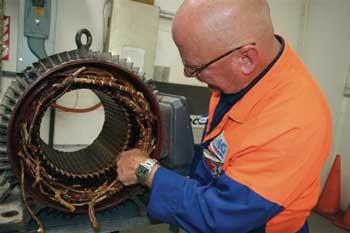| THE Electricity Commission’s Motor Bounty Scheme, which has been helping New Zealand motor users upgrade the efficiency of their three-phase electric motors since 2008, is being extended through 2010. More than 100 businesses have participated in the scheme so far, and together removed more than 30MW of older, inefficient motors, says Bounty Scheme project manager, Justine McDermott. “Those businesses are now realizing the benefits of reduced electricity costs, improved reliability, reduced downtime and a reduced carbon footprint – and because of the gains to date the scheme is being extended for another year.” With the extension, some other aspects of the Scheme have changed to simplify the rules and bounty payment rates, McDermott says. “These changes mean the Scheme is now easier to understand and more attractive to a wider group of motor users, particularly those with motors that have shorter operating hours. “The main change to the criteria for bounty eligibility is to the requirement for bountied motors to be replaced within four weeks of removal of the old motor. Now the replacement motor may be either purchased or come from the motor user’s replacement stock. And, because the replacement will promptly follow removal, the ‘motor’ and ‘in-service’ bounties will now be paid together.” Under the new bounty structure, motor users can receive $10 per kW for a (qualifying) failed motor and $25 per kW for an (qualifying) operational motor, says McDermott, and the value of the ‘in-service’ payment is now $15 per kW, irrespective of the motor’s annual hours of use. “This means that, where a qualifying motor is replaced with one of the same size, replacement of a failed motor will attract a total subsidy of $25 per kW, while replacement of an operational motor will attract a total subsidy of $40 per kW.” New quality code for motor rewinders |
The motor rewind industry has recently worked with Telarc SAI New Zealand and the Electricity Commission on introducing a quality code for motor rewinders. |






